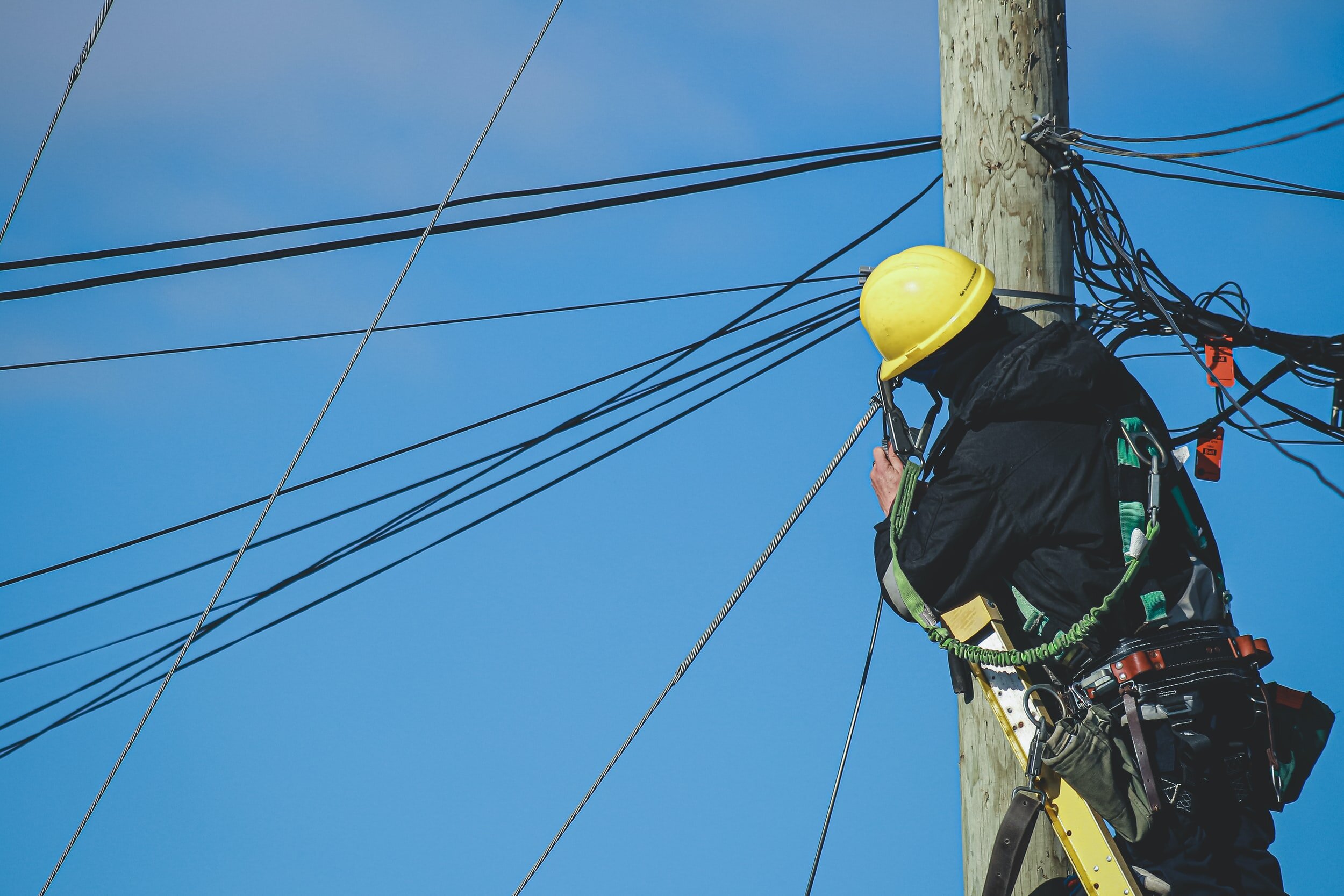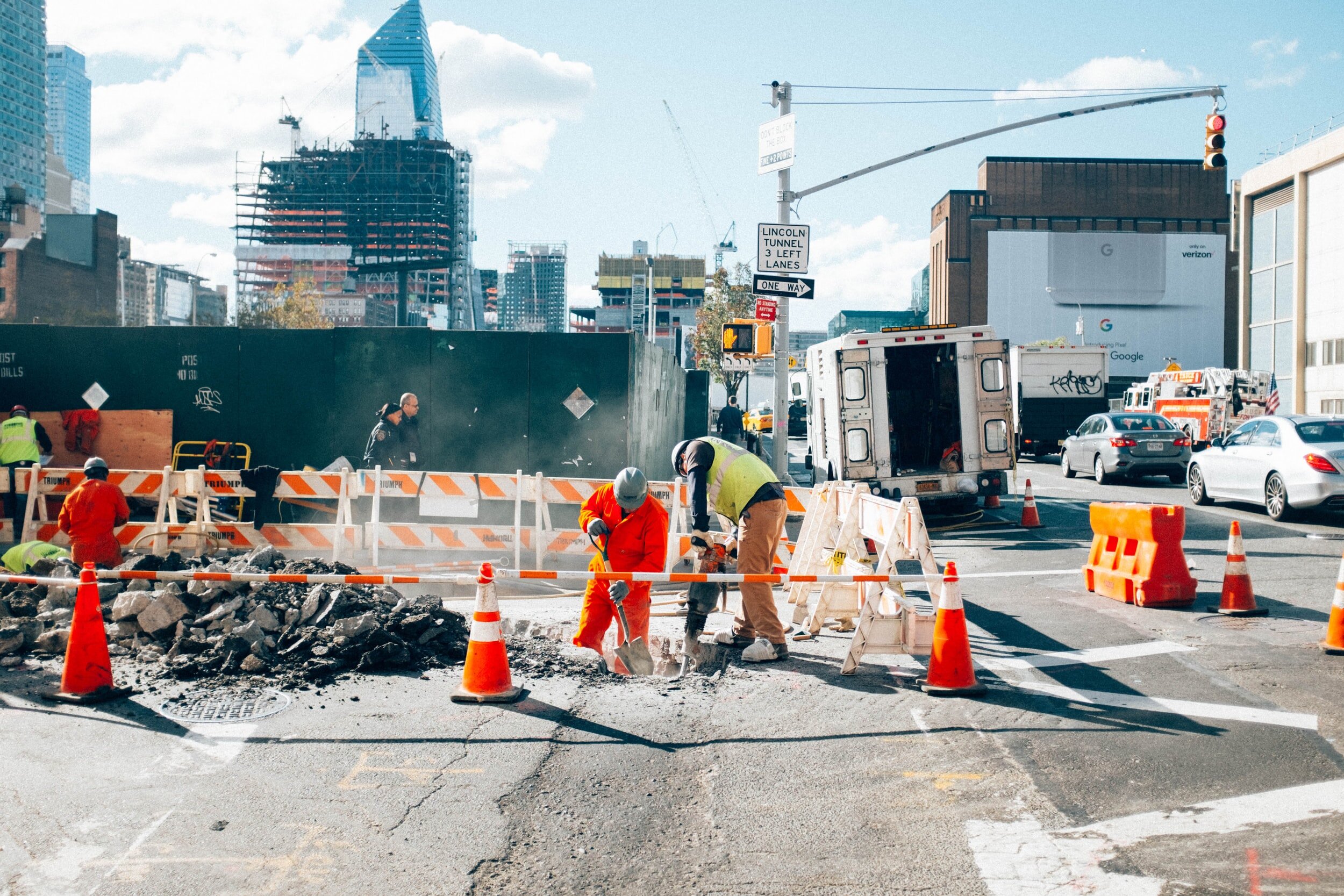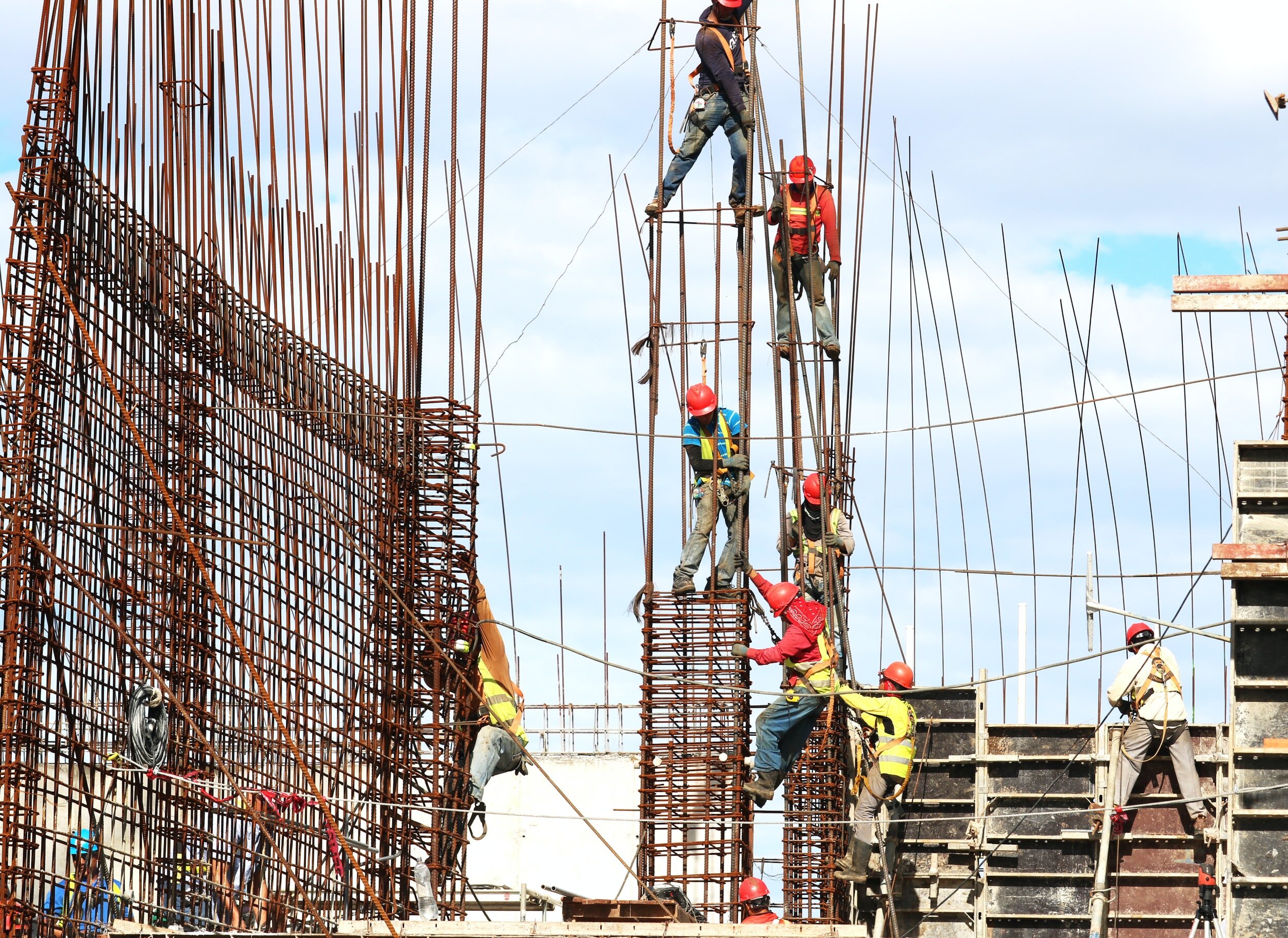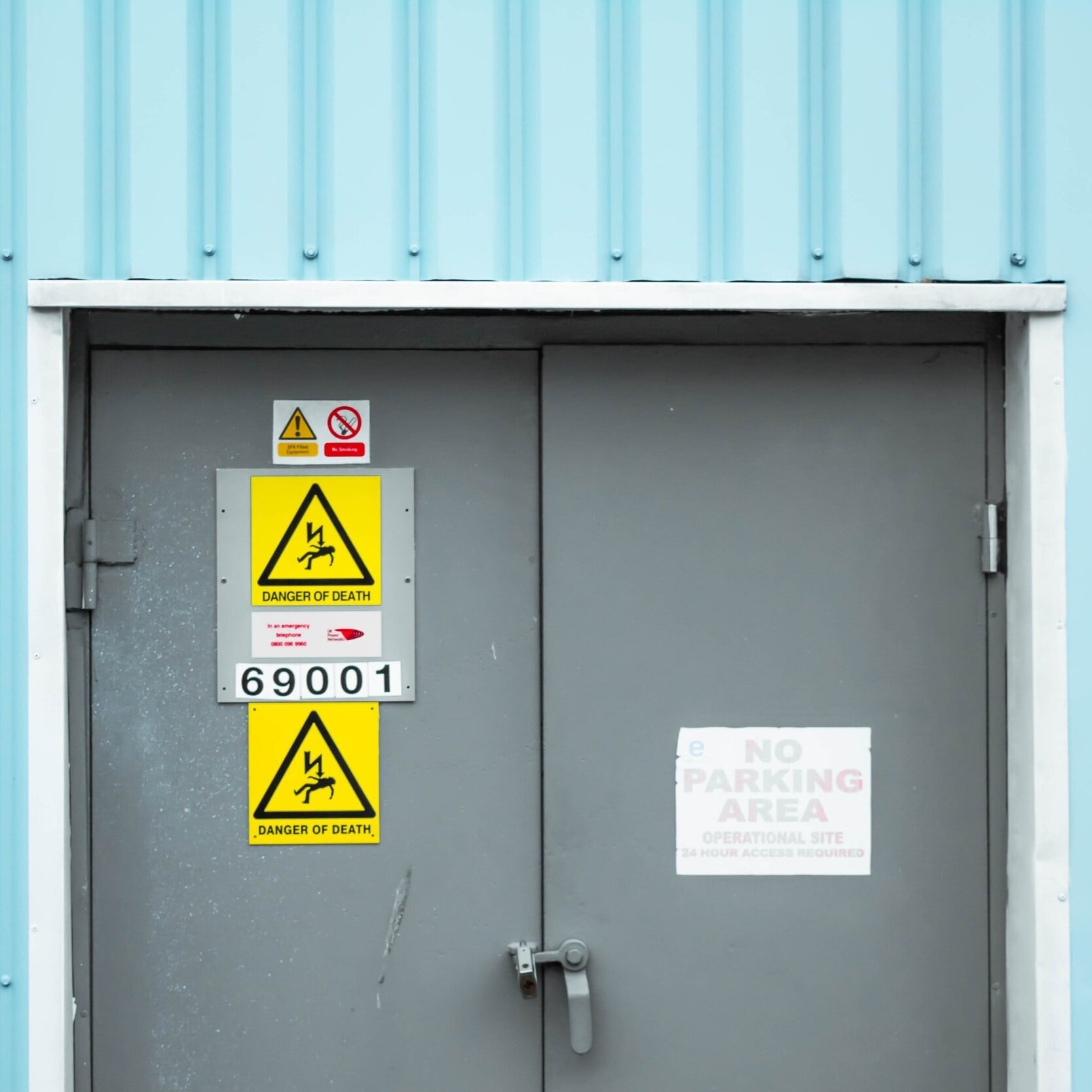
Industry Insights

Electrical Danger - Shock vs Arc Flash
In the safety industry, we all know that electrical risks are an ever-present element of an electrical worker’s daily activities. In recent years, the regulations and safety technology have focused on addressing the dangers of arc flashes.
Both arch flashes and shock can cause injury, or even death. However, when you look at the data, electric shock poses a much more statistically significant risk. So why do we hear about arc flash so much more frequently?

Workplace Injuries and Fatalities: Statistics for Demographics, Timing, and Industries
Workplace injuries are something that we all strive to eliminate. Over the years, as regulations have been put in place, technological improvements have been made, and attitudes have changed, there have been vast improvements in workplace safety. However, as injuries and fatalities continue to occur, we can review the when, where, and who to help us better prevent these incidents.

Workplace Accidents: Situational or Systemic?
In the workplace, EHS teams aim to improve safety outcomes and decrease the likelihood of workplace accidents. In some organizations, these efforts focus on the individual, citing the specific situation as the cause of an incident. However, although accidents are relatively rare, near misses are much less so. The absence of an accident does not always indicate an absence of risk. When you combine both near misses and accidents, similarities can be found, and more systemic causes can be identified.

Navigating Risk: The Importance of Planning for Low Probability, High Impact Risks
When an event is viewed as unlikely, it can be easy to shrug off risk. Many behaviours in the workplace can be viewed as “safe” when they are actually low-probability risks. However, because many of our actions in the workplace are performed over and over again, mitigating this risk becomes more important. The more times an action is performed, the more likely something will happen, even if the probability is low.

Safety in the Workplace: Part 2 - Creating a Culture of Safety
An unsafe work culture may not come out of malicious intent. There are a great many factors that can come into play. For example, employees may be afraid of the consequences of reporting unsafe work, they may not know how to report concerns, or they may believe the risks conditions are normal.

Proxxi’s May Newsletter - 2021
You think about safety every day - and so do we. This month we have taken a step back from safety for individual employees to look more closely at best business practices for workplace safety initiatives.

Safety in the Workplace: Part 1 - Who is Responsible?
Most countries and regions have established safety regulations for the workplace. Different roles within the organization have different responsibilities for their own and for others safety in the workplace. It’s important to know who is responsible for what, and what ramifications can result from violations of these responsibilities.

Exploring Financials: The Value of Life and Workplace Safety
Often implementing safety measures comes at a cost to the organization, and depending on the likelihood that those measures will prevent an injury or fatality, this cost can outweigh the benefit.

Creating a Safe Workplace
With our products, our goal is to make workplaces safer for employees and for organizations. With many of us back to working on-site, we wanted to create a list of different ways that you can keep your workplace safe during the Covid-19 pandemic. Some of the items on this list may not be required by your local health authority, but could potentially help in reducing the risk of spreading Covid-19.
